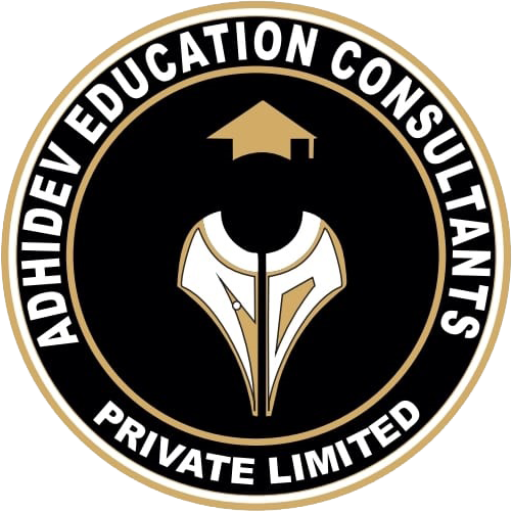The landscape of medical training is rapidly evolving, driven by advancements in technology and the increasing demand for skilled healthcare professionals. As the complexity of medical knowledge grows, traditional teaching methods alone are no longer sufficient. Integrating technology into medical training has become essential to prepare students for the challenges they will face in their professional careers. This blog explores best practices for effectively integrating technology in medical training, focusing on e-learning platforms, simulation-based learning, and mobile health applications.
E-Learning Platforms: Expanding Access and Enhancing Learning
E-learning platforms have transformed the way medical education is delivered. These online platforms provide students with access to a wealth of resources, including video lectures, interactive quizzes, and case studies. One of the primary advantages of e-learning is its flexibility. Students can learn at their own pace and revisit complex topics as needed, accommodating different learning styles.
Moreover, e-learning platforms can reach a wider audience, making medical education accessible to students in remote areas or those with time constraints due to work or family obligations. For instance, platforms like Coursera and Lecturio offer specialized medical courses that students can take alongside their formal education. This democratization of education allows aspiring healthcare professionals to gain knowledge from esteemed institutions and experts worldwide.
To maximize the benefits of e-learning in medical training, institutions should adopt several best practices:
-
Curriculum Alignment: Ensure that online courses align with the overall curriculum and learning objectives. This alignment helps students connect online learning with their in-class experiences.
-
Engaging Content: Utilize various multimedia formats, such as videos, animations, and interactive scenarios, to create engaging content that enhances understanding and retention.
-
Regular Assessments: Incorporate frequent assessments and feedback mechanisms to gauge student comprehension and identify areas for improvement. This can be achieved through quizzes, discussion forums, and peer evaluations.
-
Technical Support: Provide adequate technical support for both students and instructors to facilitate the smooth use of e-learning platforms. This includes training sessions, user guides, and helpdesk services.
By implementing these best practices, educational institutions can create a more effective and engaging e-learning environment that supports medical training.
Simulation-Based Learning: Bridging Theory and Practice
Simulation-based learning is a vital component of medical education, allowing students to practice clinical skills in a safe and controlled environment. Simulators, ranging from high-fidelity mannequins to virtual reality (VR) scenarios, provide realistic experiences that closely mimic real-life situations. This hands-on approach helps students develop critical thinking, decision-making, and technical skills essential for patient care.
For example, medical schools often use simulation labs to train students in procedures such as intubation, suturing, and emergency response. These simulations enable students to make mistakes and learn from them without the risk of harming real patients, ultimately enhancing their confidence and competence in clinical settings.
To effectively integrate simulation-based learning into medical training, educators should consider the following best practices:
-
Clear Learning Objectives: Define specific learning objectives for each simulation session to ensure students understand the skills and knowledge they are expected to acquire.
-
Debriefing Sessions: Conduct debriefing sessions after simulations to discuss performance, reinforce learning, and address any misconceptions. This reflective practice enhances the educational value of the simulation experience.
-
Interprofessional Education: Incorporate interprofessional simulation experiences that allow students from different healthcare disciplines to collaborate. This fosters teamwork and communication skills, which are critical in clinical practice.
-
Continuous Improvement: Regularly evaluate and update simulation scenarios based on feedback from students and instructors. Continuous improvement ensures that simulations remain relevant and aligned with current medical practices.
By following these best practices, medical institutions can create a robust simulation-based learning environment that effectively prepares students for real-world clinical challenges.
Mobile Health Applications: Enhancing Learning on the Go
With the proliferation of smartphones and tablets, mobile health applications (mHealth apps) have emerged as valuable tools in medical education. These applications provide students with easy access to medical resources, clinical guidelines, and educational materials at their fingertips. The convenience of mobile learning allows students to study on the go, making it easier to balance their education with other commitments.
mHealth apps also offer interactive features, such as quizzes, flashcards, and case scenarios, that can enhance learning. For example, apps like Medscape and UpToDate provide students with access to up-to-date clinical information and drug references, enabling them to make informed decisions in their studies and future practice.
To effectively integrate mobile health applications into medical training, educators should consider the following best practices:
-
Curated Content: Recommend reliable and evidence-based mHealth apps to students. Curating a list of trusted resources ensures that students have access to high-quality information.
-
Integration with Curriculum: Encourage students to use mHealth apps as supplementary tools that complement their classroom learning. This integration reinforces key concepts and promotes active learning.
-
Encourage Collaboration: Foster collaboration among students by promoting the use of mHealth apps for group projects and study sessions. Collaborative learning can enhance understanding and retention of complex topics.
-
Feedback Mechanisms: Encourage students to provide feedback on the effectiveness of the mHealth apps they use. This feedback can help educators assess the impact of these tools and make necessary adjustments to their recommendations.
By adopting these best practices, educators can leverage the power of mobile health applications to enhance medical training and support students in their learning journeys.
Integrating technology into medical training is essential for preparing healthcare professionals to navigate the complexities of modern medicine. By harnessing the benefits of e-learning platforms, simulation-based learning, and mobile health applications, educational institutions can create dynamic and engaging training environments.
Implementing best practices in each of these areas ensures that students receive a comprehensive and effective education, ultimately leading to improved patient care and outcomes. As technology continues to evolve, it is crucial for medical education to adapt and innovate, paving the way for the next generation of skilled healthcare professionals.












